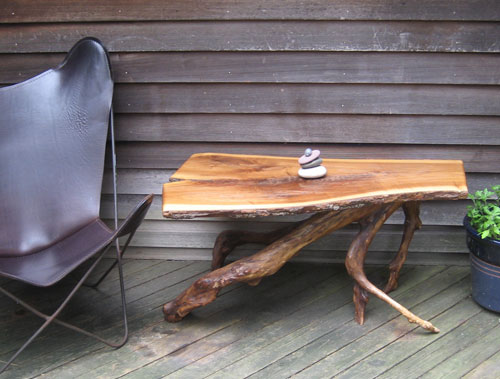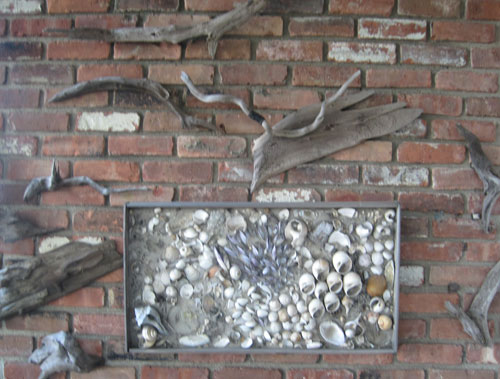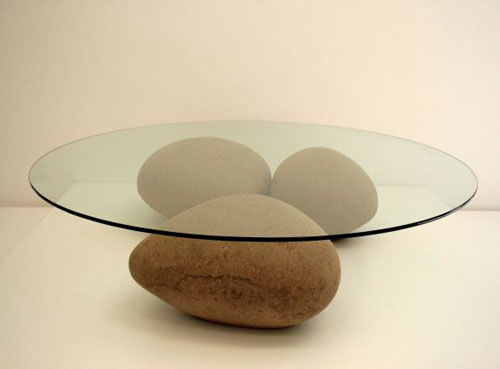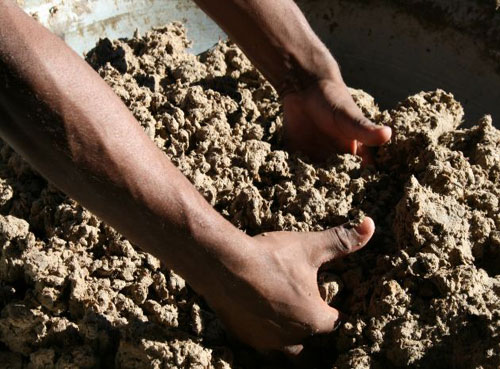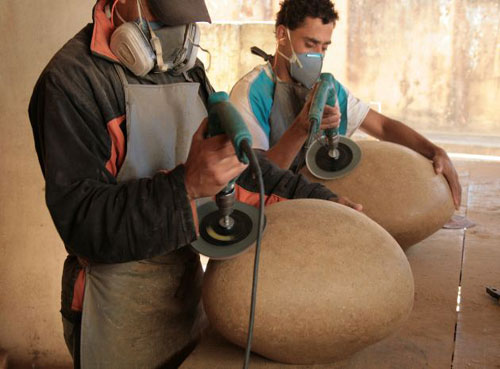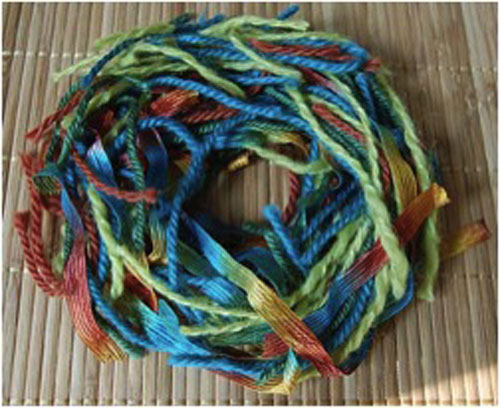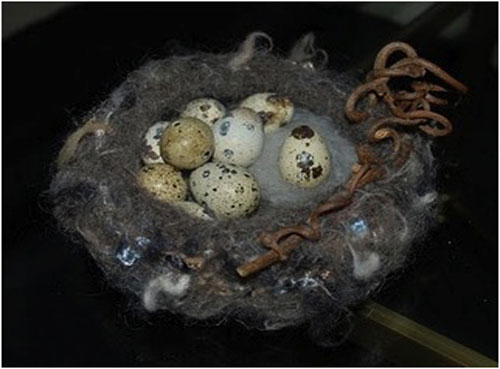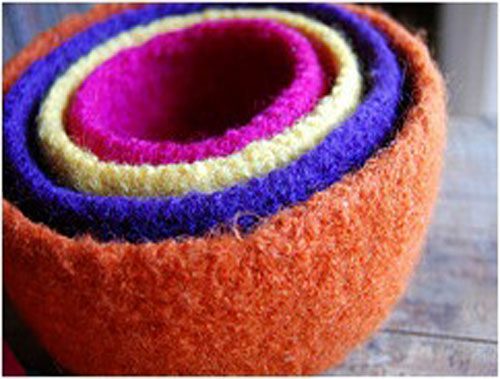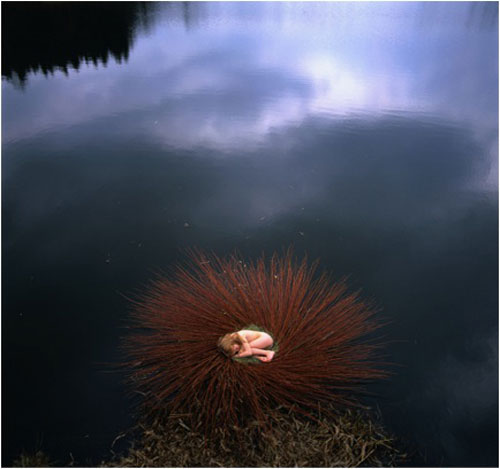 There’s something nostalgic about driftwood. It’s already lived a whole other life before it was uprooted from the ground and set adrift to sea. The sand, wind, water and waves have a way of uniquely weathering the patina of fallen wood like no manmade finish can do.
Driftwood Rack
There’s something nostalgic about driftwood. It’s already lived a whole other life before it was uprooted from the ground and set adrift to sea. The sand, wind, water and waves have a way of uniquely weathering the patina of fallen wood like no manmade finish can do.
Driftwood Rack
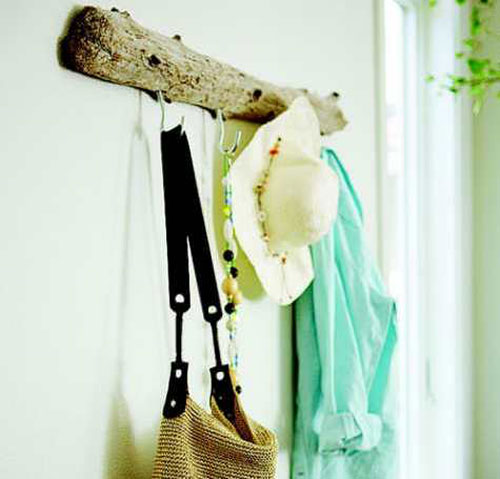 The DIY Driftwood Rack from Sunset is simple, beautiful and free. It’s the same idea as this coat rack.
The DIY Driftwood Rack from Sunset is simple, beautiful and free. It’s the same idea as this coat rack.
Driftwood Headboard
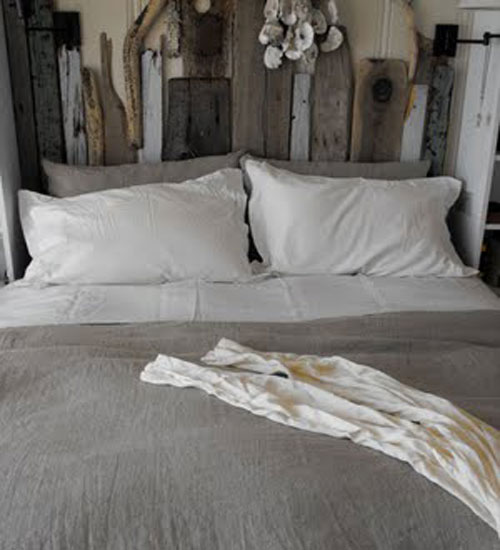 This rustic handcrafted headboard lined up next to the linen bedding, created by artisan Trisha Rose, sets a calming bedroom mood. Doesn’t it?
This rustic handcrafted headboard lined up next to the linen bedding, created by artisan Trisha Rose, sets a calming bedroom mood. Doesn’t it?
Driftwood Table
This one-of-kind table made from a piece of driftwood we found along the shores of the Hudson River (see, you thought I was only partial to the ocean), sports a slab top of black walnut from a downed tree found on our property. Here’s a tutorial for making driftwood tables. We left out the polyurethane and used Gorilla Glue, which is non-toxic after it dries.
Driftwood Wall Art
My Uncle Danny was a master of reuse. His renditions of eco-art could be found all over the nooks and crannies of his seaside home that my cousin, Amy and her family now live in. He created this piece in the 1960’s, and it is still displayed on an outside wall of the home.
Note: Before you head out beachcombing for driftwood, check your local state beach authority for regulations about collecting scavenged wood.
Credits: All Driftwood Furniture, Sunset, Cabin On The Water
More beach-inspired projects:  Beachcombing With a Purpose: 2 DIY Shell Projects
DIY Decorating With Nautical Knots
What The Sea Left Behind
Sun Senses: Beach Inspired Home Decor
Beachcombing With a Purpose: 2 DIY Shell Projects
DIY Decorating With Nautical Knots
What The Sea Left Behind
Sun Senses: Beach Inspired Home Decor

